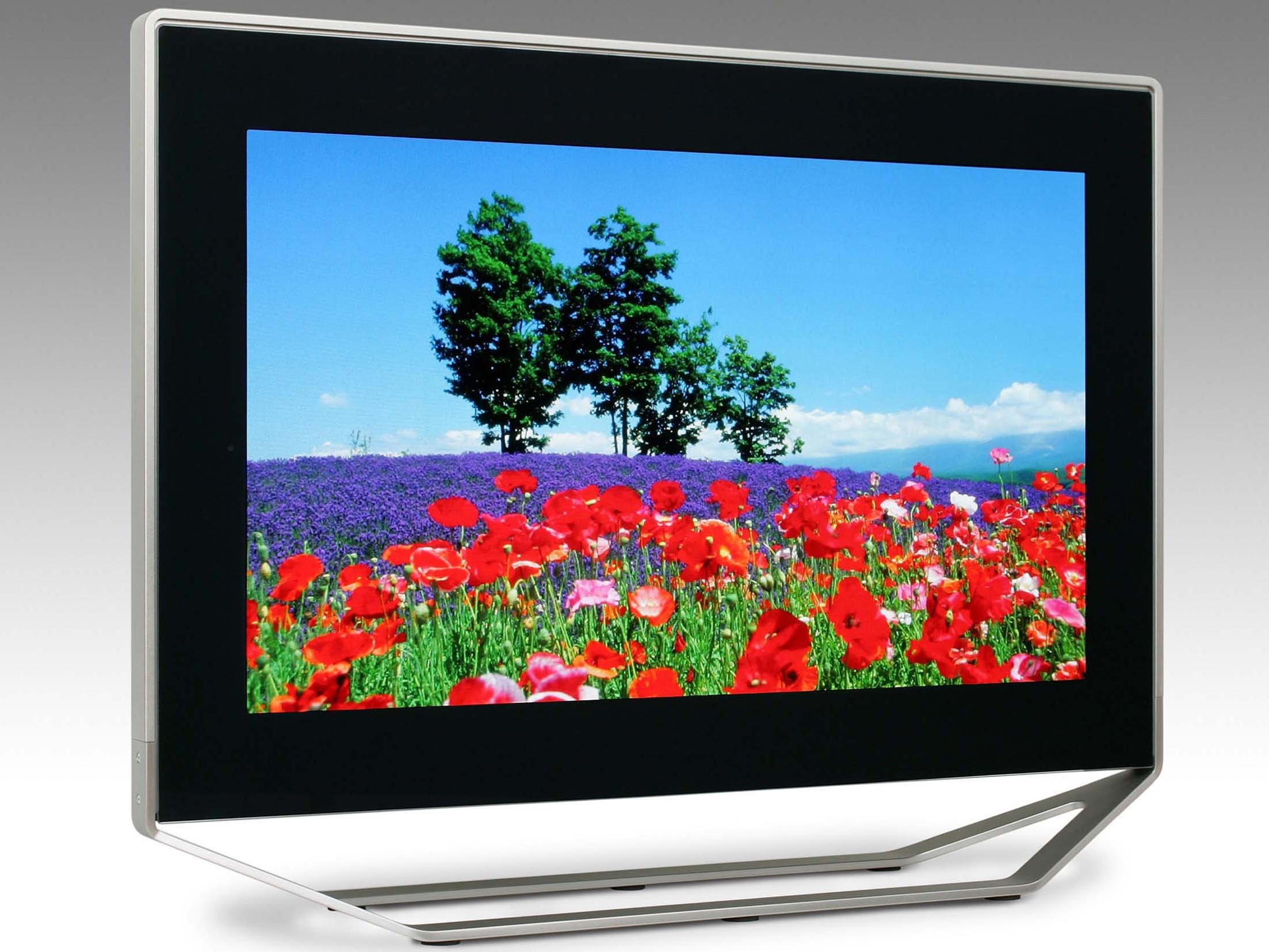Canon loses court battle over SED TV
Breach of contract is upheld by US court

Canon has been found guilty of breaching its contract with Nano-Proprietary Inc in its development of a new flatscreen TV technology - SED.
Canon had entered an agreement with Nano-Proprietary Inc holders of technology patents key to SED (surface-conduction electron-emitter displays).
However since that agreement did not extend to Canon's chosen development partner, Toshiba , Nano-Proprietary took Canon to court.
Despite Canon buying Toshiba's half of the SED venture in a bid to settle the dispute, a US court ruled that Canon had not responded quickly enough after it found out it had breached its patent-extending contract.
It is now believed Nano-Proprietary Inc will move to claim damages it feels it's due to Canon's breach of contract. But as Nano-Proprietary has itself admitted, a new licence deal with Canon could still be drawn up.
Canon is now said to be reconsidering plans to build a $1.48 billion (£700 million) SED production factory, a facility it was supposed to have built in conjunction with Toshiba.
Thursday's ruling could see even more problems for the new technology, which has been plagued with release delays.
Sign up for breaking news, reviews, opinion, top tech deals, and more.
SED is a revolutionary technology, heralded by many critics and industry experts as the ideal replacement for LCD and plasma TVs. It's essentially a flat-panel version of the cathode ray tube (CRT) technology found in regular bulky TVs.
The SED panel works by replacing the single electron gun used in CRT with thousands of tiny ones, known as emitters, which address each sub pixel in the display. As it takes six emitters to address each sub pixels, a high definition SED display could be potentially be made up of six million emitters. The benefits are better colour fidelity, brightness and contrast levels than LCD or plasma - much like a regular CRT TV in fact.